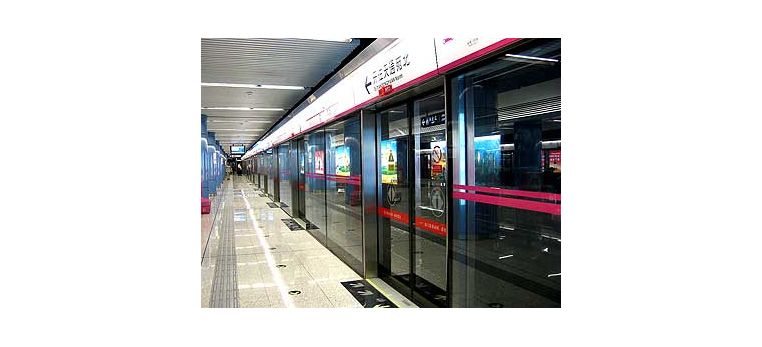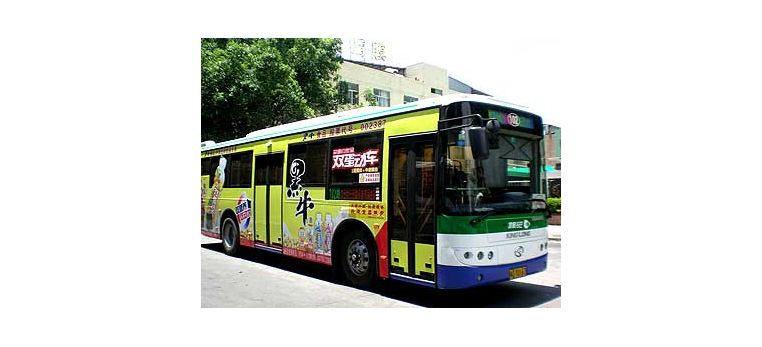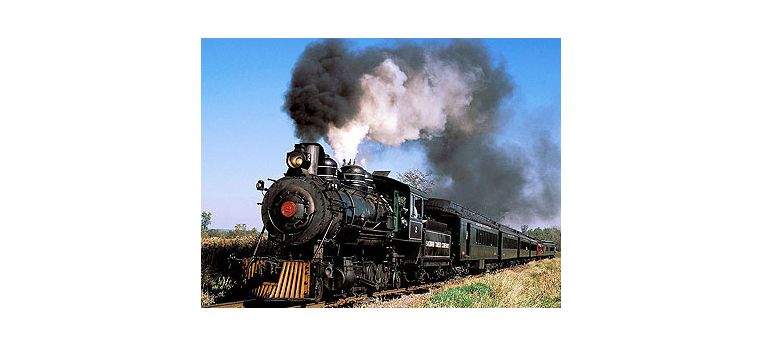


China is huge and unless you pretend to stay in a small area, you will
spend a lot of time and budget just traveling around the country.
Fortunately, public transport covers almost the entire nation and it is
cheaper than other places considering the distances involved. There are
flights to all regional capitals and to many of the bigger cities; the
rail network extends to every province except Tibet; the local
transport, which includes everything from buses to tractors, covers all
corners of the country. There are even some passenger ferries on the
larger rivers.
Tibet is a restricted region for independent travels. Although tours are
not cheap, in some cases they are the only practical way of getting out
to certain tourist attractions.
When there are many options, tourist should take various days planning.
Bus schedules are unpredictable and train trips have their own
difficulties. You also must consider the mental and physical rigors
involved on traveling by the cheapest way all the time. Generally, it is
better covering long distances as much comfort as possible.
By train
China's rail network is complete and very efficient. It is certainly the
most secure and reliable way to travel through the country. There are
four ticket classes: soft sleeper, hard sleeper, soft seat and hard
seat, not all necessarily available on each train. Soft sleeper (ruanwo)
costs around the same as flying, and gets you a berth in a four-person
compartment with a soft mattress, fan, optional radio and a choice of
Western- or Chinese-style toilets. Hard sleeper (yingwo), about
two-thirds the price of ruanwo, is the best value. Carriages are divided
into twenty sets of three-tiered bunks and every carriage has a toilet
and washbasin, which can become unsavoury.
By bus
In the city is common to use buses, but they are usually packed full of
people. They are fairly comfortable when you can get a seat. While
cities and major towns usually have a train station, getting from these
out to other places usually requires a bus. Finding the right bus
station isn't always easy though; even small towns often have both a
central main bus station and several outlying depots handling specific
destinations (located on the side of town in which traffic is heading).
By air
China has nearly 14 regional airlines linking all longer cities and many
important places. China's airlines link all major cities. The main
operators are Air China, China Southern and China Eastern, which – along
with smaller regional companies – are overseen by the Civil Aviation
Administration of China, or CAAC. Flying is a luxury worth considering
for long distances as prices compare with soft-sleeper train travel but
journey times are obviously far less, planes are generally modern and
well maintained and service is good.
By ferry
There are many rivers and sea to navigate in China, but nowadays
passenger ferries are on decline because of trains and buses are
significantly faster....
By bicycle
China is the country with more number of bicycles in the world;
approximately, about a quarter of people owning one. Most cities are
valleys without many hills...
City transport
Most Chinese cities are provided of a variety of public transport like subways, buses, minibuses and even pedicabs.